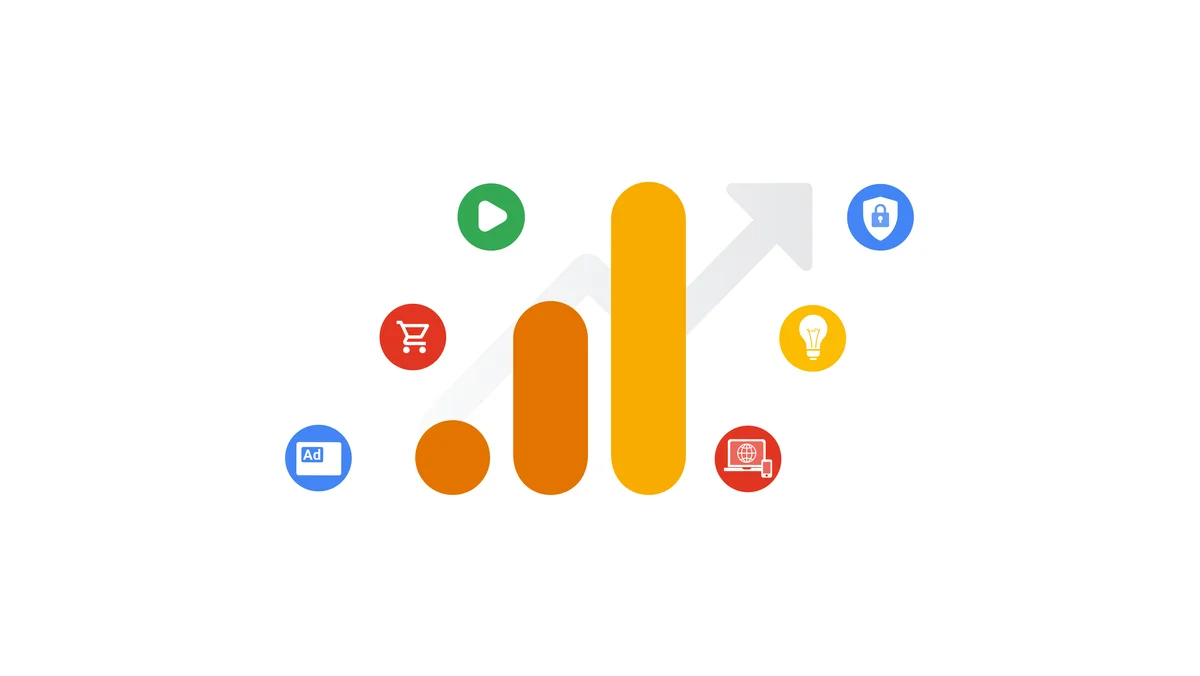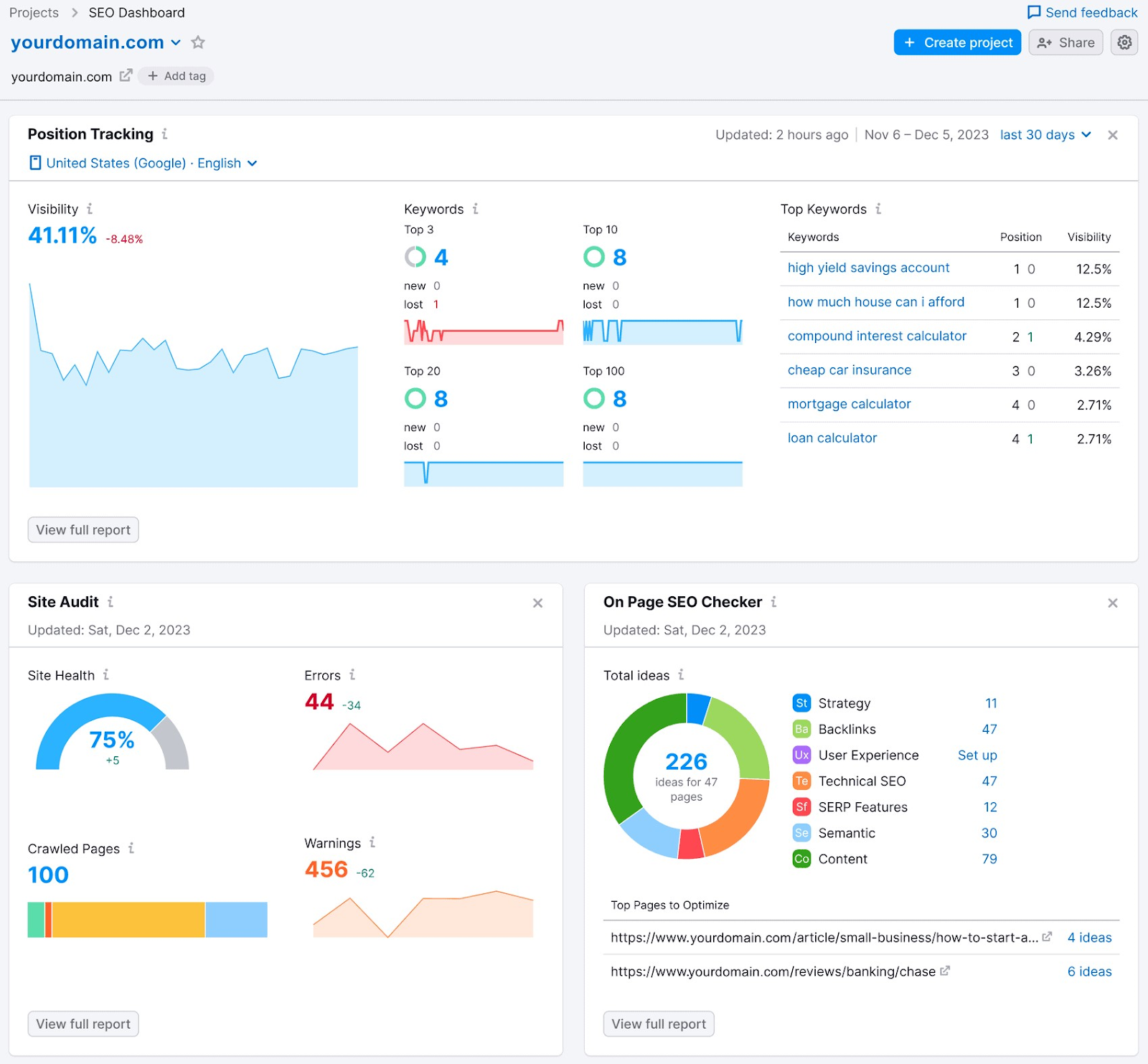Specialist Tips on When Does the Google Analytics Tracking Code Send an Event Hit to Analytics for Improved Data Precision
Specialist Tips on When Does the Google Analytics Tracking Code Send an Event Hit to Analytics for Improved Data Precision
Blog Article
Master Site Insights With Accurate Google Analytics Tracking Code
The effective application of Google Analytics hinges on the accurate execution of its tracking code, a fundamental step typically ignored by website proprietors. This apparently straightforward JavaScript snippet, when appropriately placed, ends up being the foundation of information collection, giving insights into customer behavior and website performance. Nonetheless, difficulties can develop throughout arrangement, potentially skewing the information and leading to misinformed decisions. Understanding these complexities is necessary for making best use of the advantages of analytics. What are the common mistakes that could weaken your monitoring initiatives, and how can you ensure precision in your strategy?
Understanding Google Analytics Fundamentals
Google Analytics is a vital tool for internet site owners and marketing experts, providing invaluable insights right into customer habits and website performance. At its core, Google Analytics collects data about visitors to a website, permitting individuals to examine metrics such as traffic resources, customer interaction, and conversion rates. Recognizing these fundamentals is vital for optimizing a website's effectiveness and enhancing individual experience.
The system utilizes cookies to track communications, videotaping information such as page sights, session periods, and bounce rates. This information is accumulated and provided through adjustable dashboards, enabling users to visualize fads with time. Secret performance signs (KPIs) can be kept track of, such as the total number of users, new versus returning site visitors, and the geographical circulation of the target market.
In Addition, Google Analytics offers segmentation attributes, permitting customers to isolate specific website traffic resources or user demographics for even more targeted analysis. By mastering these foundational components, internet site proprietors can make informed choices regarding web content strategy, advertising projects, and total website renovations. Eventually, understanding Google Analytics basics is crucial for leveraging data to drive development and achieve service objectives properly.
Establishing Your Tracking Code

Copy the provided monitoring code and paste it right into the HTML of your site. Ideally, this code needs to be put in the header area of every page you wish to track. This guarantees that the tracking code tons before any type of other material, allowing it to catch data precisely. If you are utilizing a material management system (CMS) like WordPress, there are plugins offered that simplify the assimilation procedure.
After setup, confirm that the monitoring code is working properly by utilizing Google Tag Aide or the Real-Time records in Google Analytics - when does the google analytics tracking code send an event hit to analytics?. This action is important to verify that your data collection is precise and active, establishing the structure for informative evaluation
Typical Monitoring Code Issues
This might happen when the tracking explanation code is positioned in the wrong section of the internet site's HTML, typically leading to insufficient or absent information. Furthermore, having several circumstances of the monitoring code on a single web page can result in inflated metrics, as individual interactions may be counted much more than as soon as.
An additional issue emerges from using advertisement blockers, which can stop the tracking code from implementing completely, therefore skewing data. when does the google analytics tracking code send an event hit to analytics?. In addition, failure to set up filters properly can bring about the exclusion of necessary web traffic resources or the incorporation of undesirable reference spam, distorting the information accumulated
Site proprietors might additionally neglect the importance of tracking code updates, specifically when migrating to Google Analytics 4 (GA4) from Universal Analytics. Finally, inadequate testing prior to launching changes can result in unseen mistakes in the monitoring code, further making complex information reliability. Resolving these typical issues is crucial for making certain precise monitoring and insightful analytics.
Analyzing Website Data Successfully
Accurate data collection is just the first step in leveraging Google Analytics; the actual value lies in efficiently evaluating that data to drive educated decision-making. To attain this, it is important to determine key performance indications (KPIs) that align with your organization goals. Emphasis on metrics such as conversion prices, individual involvement, and website traffic sources, as these will give insights right into customer habits and the general efficiency of your website.
Making Use Of Google Analytics' division functions enables for a much deeper understanding of your target market. By breaking down data into certain demographics, actions, and traffic networks, you can reveal trends and patterns that inform targeted approaches. Implementing personalized reports and control panels can enhance this procedure, allowing quick access visit this website to pertinent information.
Moreover, regularly examining data patterns over time aids to recognize anomalies and opportunities for renovation. Make use of visualization tools to existing information check that in a quickly digestible style, helping with much more reliable interaction with stakeholders. Inevitably, the capacity to analyze site data efficiently encourages businesses to make calculated decisions that improve individual experience, maximize advertising and marketing initiatives, and drive growth.

Ideal Practices for Accurate Monitoring
Executing efficient tracking techniques is essential for obtaining trusted information in Google Analytics. To ensure accurate monitoring, start by appropriately mounting the Google Analytics tracking code on every web page of your site. This can be accomplished with a tag manager or by straight installing the code right into the HTML.
Following, configure your Google Analytics account to leave out interior web traffic. This can be done by establishing filters that recognize and eliminate brows through from your company's IP address, consequently avoiding manipulated information. Additionally, make use of occasion tracking to check specific user communications, such as downloads or video plays, which typical web page sights may neglect.
Frequently audit your tracking arrangement to confirm that all functions, such as goals and ecommerce monitoring, are working correctly. Establish a constant identifying convention for your campaigns and occasions to promote less complicated coverage and evaluation.
Finally, take into consideration leveraging UTM specifications for projects to acquire understandings right into the performance of various advertising efforts. By following these best techniques, you can enhance the precision of your data collection and analysis, inevitably causing more enlightened decision-making for your site.
Conclusion
By making sure the tracking code is appropriately put and on a regular basis audited, web site proprietors can capture crucial user interaction information, hence helping with the recognition of key efficiency signs. Ultimately, a robust tracking structure enhances the ability to drive involvement and enhance total internet site performance.

Insufficient testing before releasing adjustments can result in unseen errors in the tracking code, even more complicating information dependability.Implementing effective tracking techniques is critical for getting trustworthy information in Google Analytics. By making certain the monitoring code is properly positioned and frequently audited, website owners can catch essential individual communication information, therefore facilitating the recognition of essential performance indicators.
Report this page